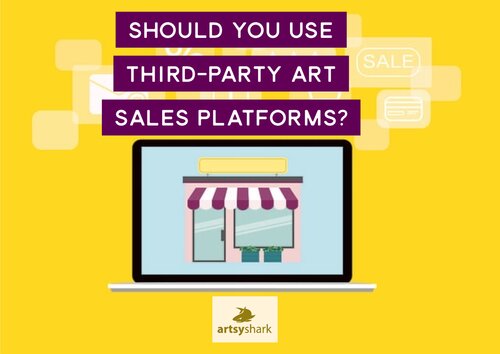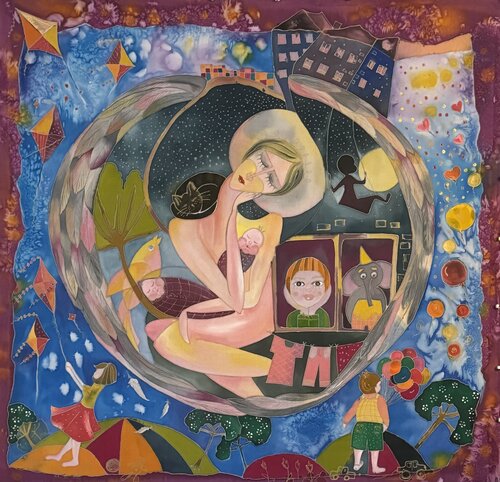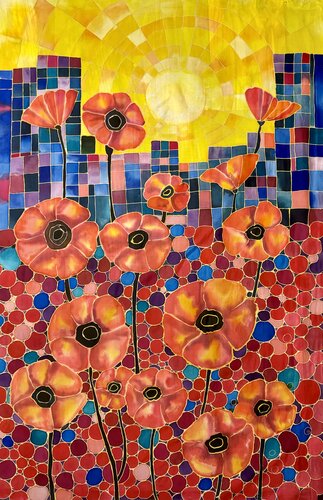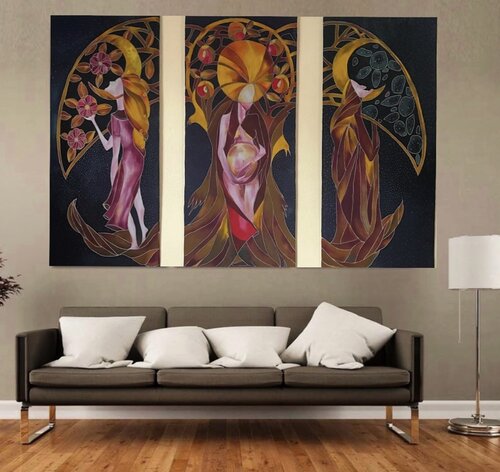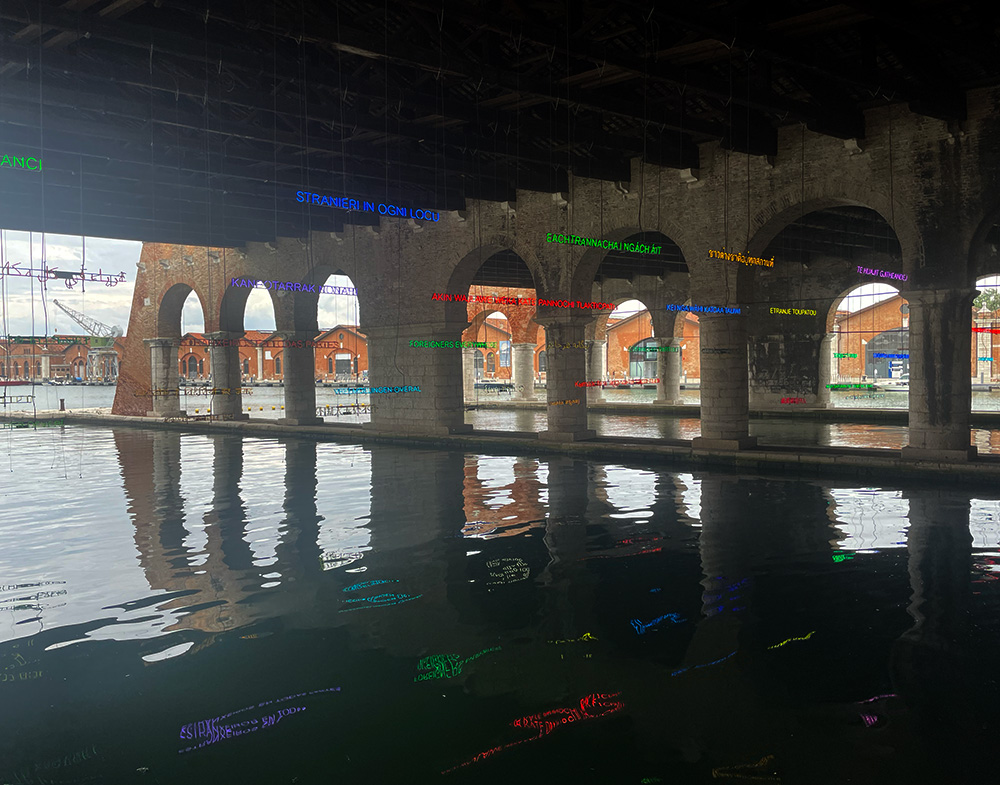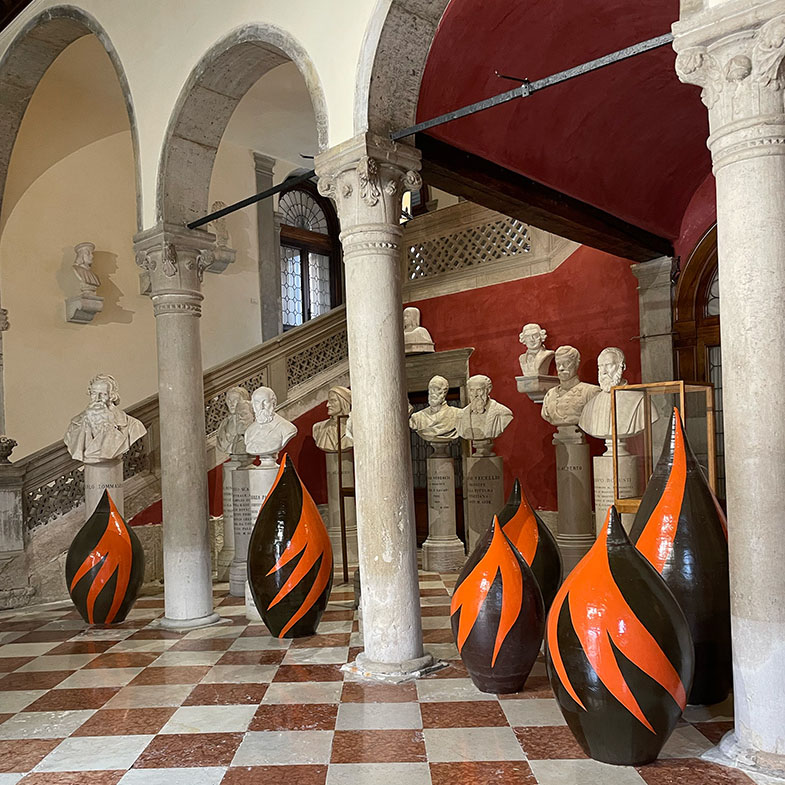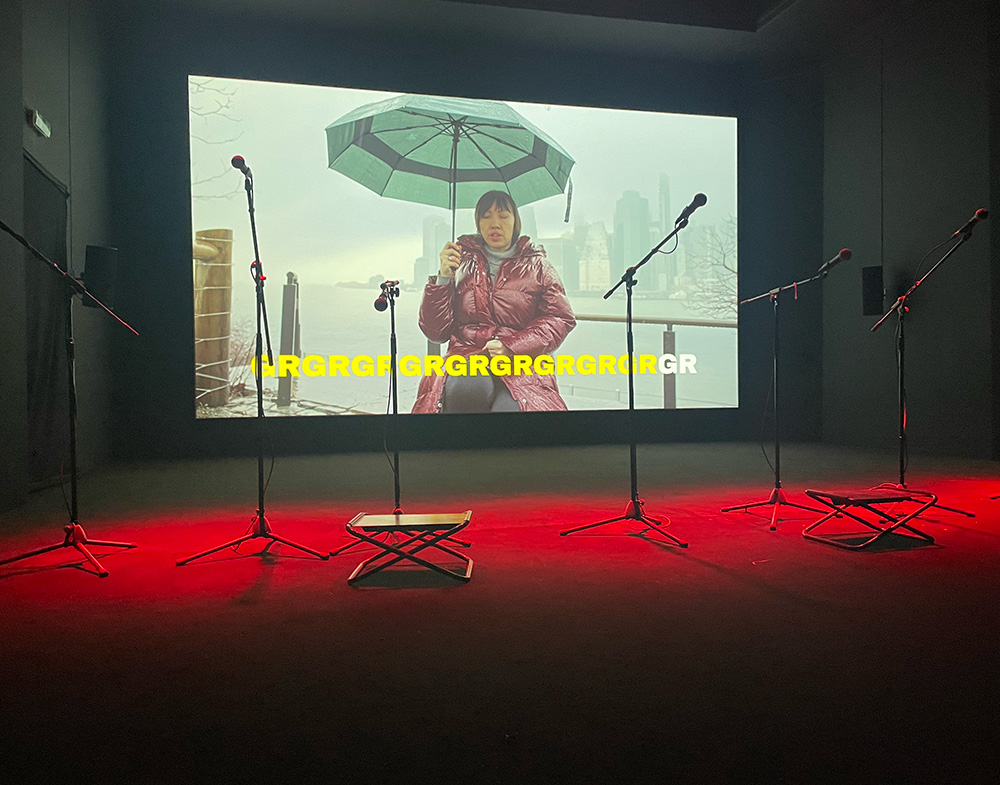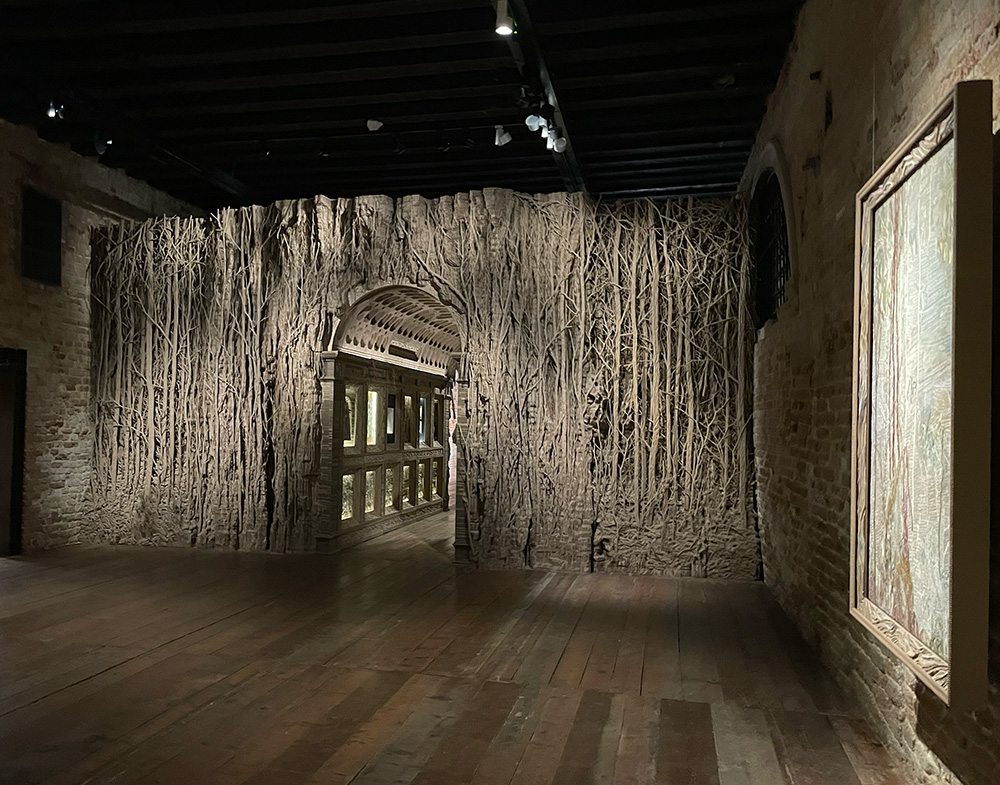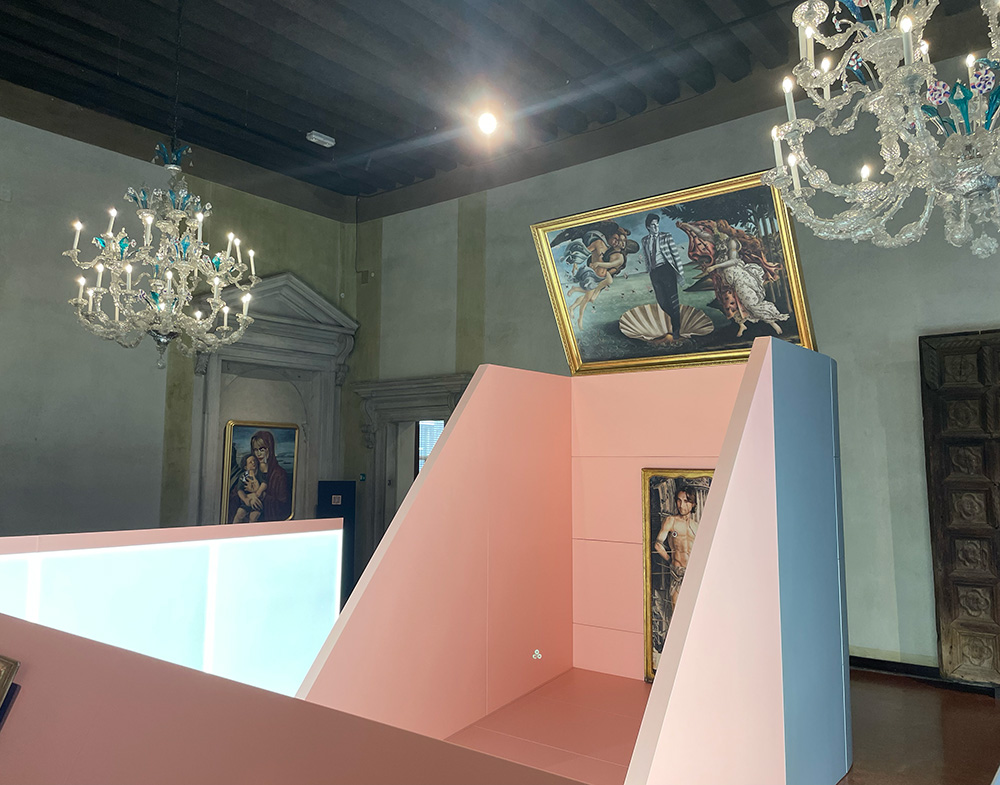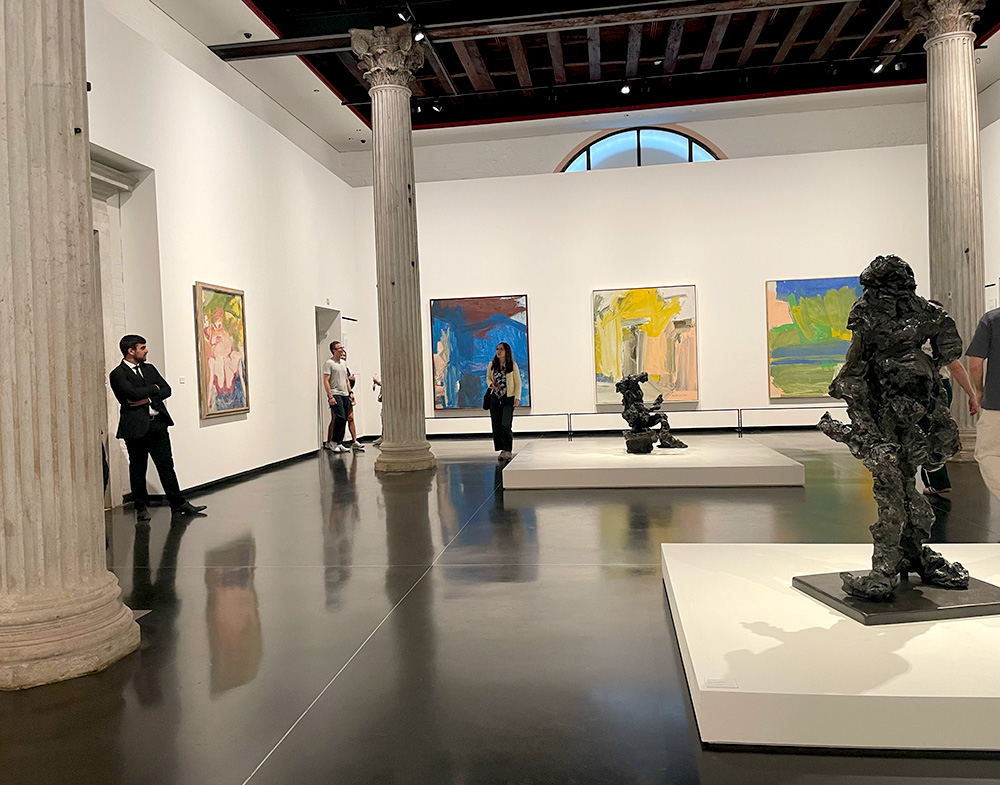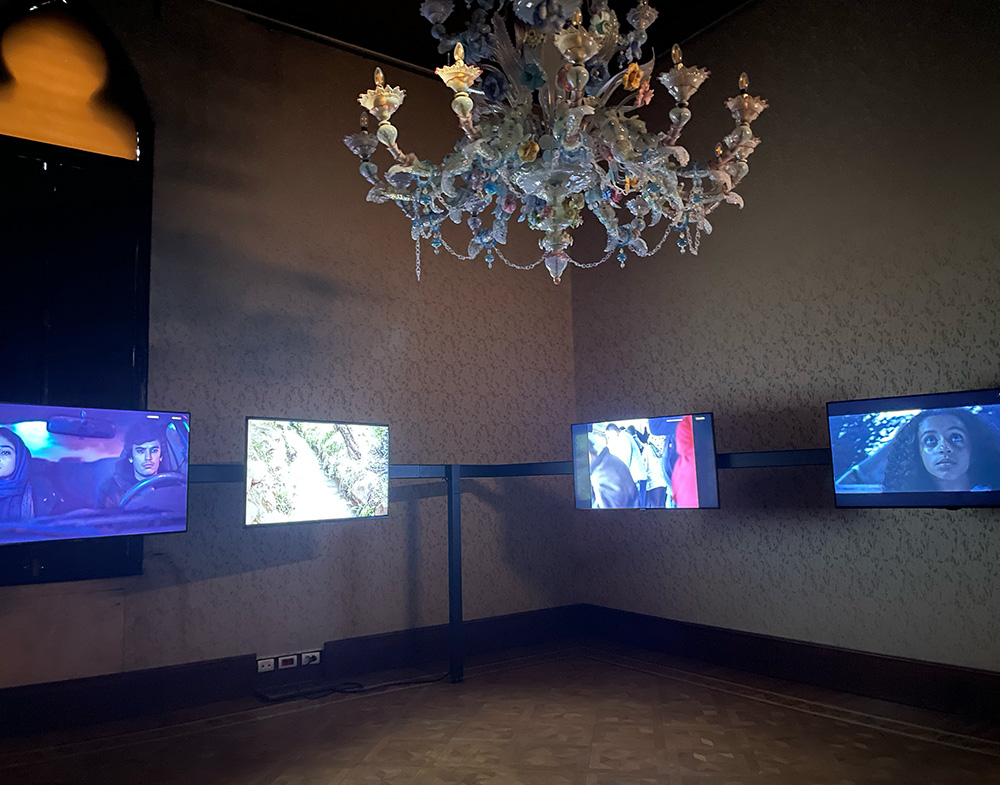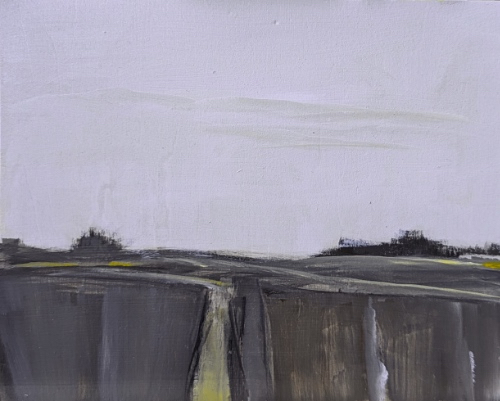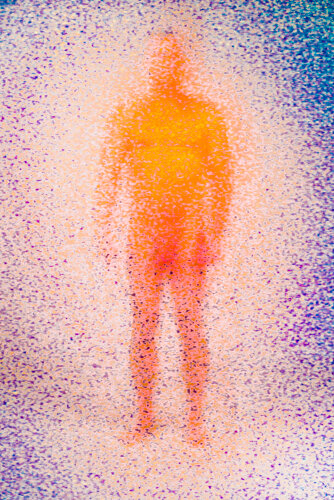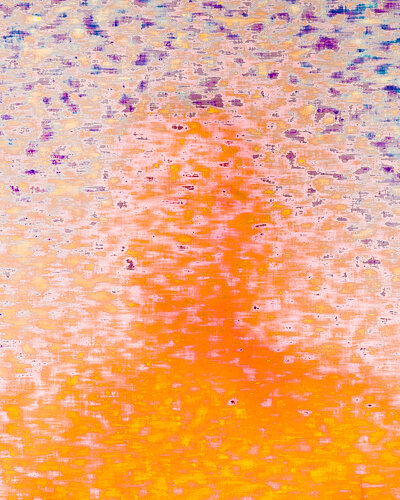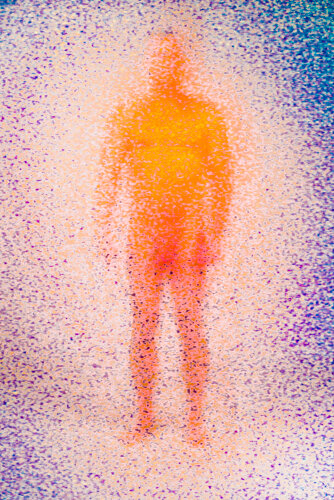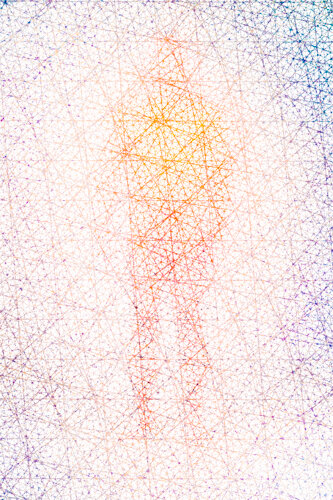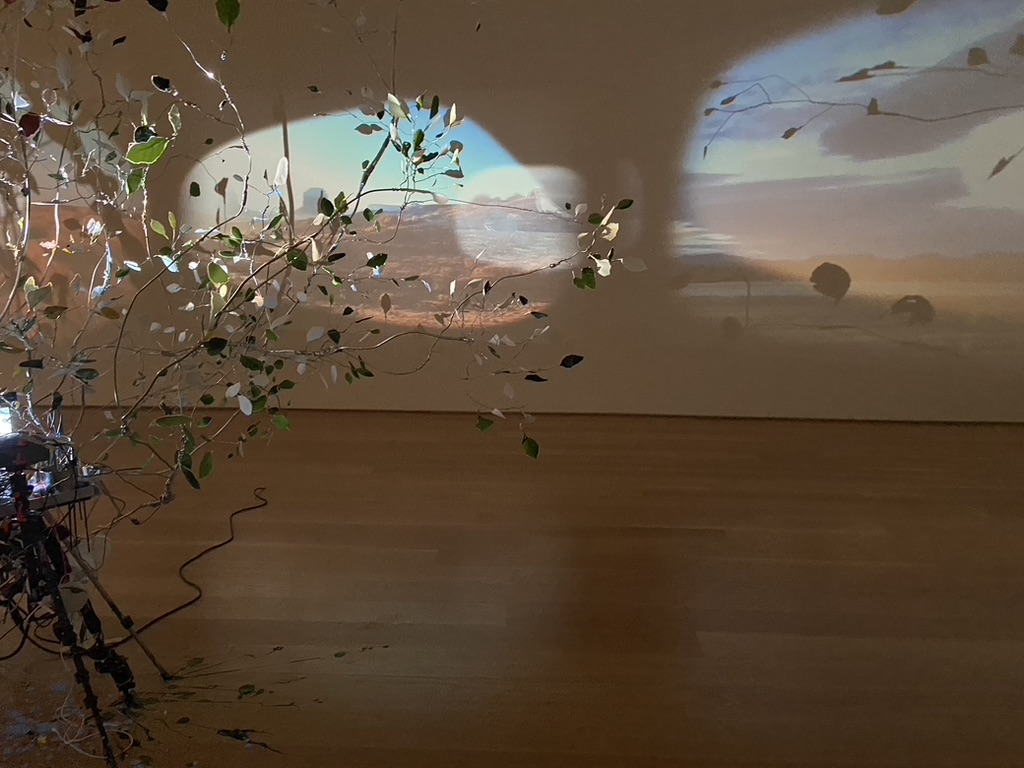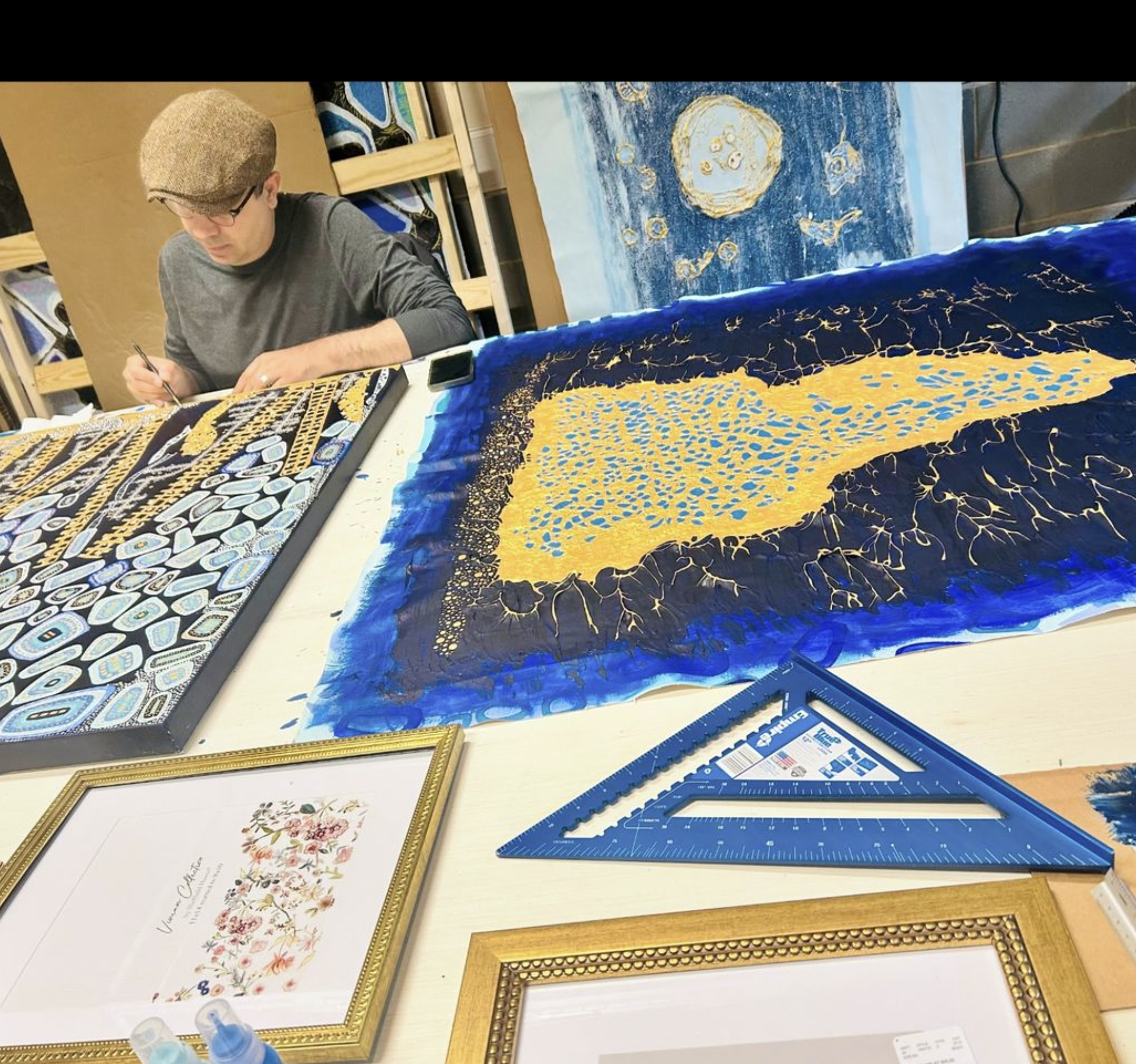Should You Sell Art on Third-Party Platforms?
[ad_1]
by Carolyn Edlund
Considering a third-party sales website to market and sell your art? Here are the pros and cons to help you with that decision.
Third-party websites for making art sales are widely available on the internet. They range from art and craft marketplaces like Etsy and Amazon Handmade to art sales sites like Fine Art America, Saatchi Gallery, Singulart and others. These websites most often sell original artwork, but may also sell reproductions of your work. You can find many of these options in our directory of 250+ Places to Sell Art Online.
Why do artists use third party platforms to make sales?
There are various reasons for this decision. If you are just starting out, you may have a relatively small portfolio of artwork. If it’s not sufficient to fill a website, you may select a third-party site where you can simply build a page for yourself as the artist, show a collection of any size, and offer it for sale.
Many artists would love to have their own website, but don’t feel tech savvy enough to build one (and may even find template sites to be a challenge.) If this is the case for you, and you either cannot afford or don’t want to hire a web designer, you can easily go to a third party site and get set up quickly.
Other times, artists have an existing website but don’t have shopping cart functionality. They use the third-party website as their “store” for the purpose of making sales. This is usually a short-term solution while you are considering updating your proprietary website—because you are paying commission on every sale.
Pros and cons of third-party art sales websites:
Most of these sites are free to join, and only take a commission percentage when sales are made. Commissions average about 35% of the retail price of originals sold. If that split works for you, it could be a good option. If you want to keep the entire purchase price, you need your own art website.
Third-party sites already have traffic and they are trusted. You don’t need to worry about being found on the internet, because these sites already have good rankings and they advertise. However, although they draw traffic, that doesn’t mean visitors will go to your page. You still need to promote and publicize your own link on the site to pull in potential customers.
Setup is quick and easy with a third-party sales site, because they use templates. You can just drag and drop information and upload art images. There will be an onboarding process with instructions on how to build a shop step by step. And you should be able to get answers to any questions you have about the process through FAQ links or customer support.
They may offer Print-on-Demand services. If you want to sell reproductions or prints of your two-dimensional artwork, the site you work with may be able to print and fulfill these orders, and give you a portion of the sales price. Make sure you have impeccable photographs of your work to produce excellent reproductions that don’t have glare, blurriness, distortion, or other photography problems.
Third-party sales sites often have marketing tools you can learn to use, plus best practices on how to present and share your work on their platform. You might also be able to attend seminars or read blog articles that will give you tips on marketing and selling your work.
Although you can enjoy the benefits of selling on a third-party website, keep in mind that it is someone else’s platform. They can boot you off for any reason, without explanation, and permanently if they wish. You are not in control.
The site you are selling on makes the rules. They decide on the commission they will take, and if they want to change that percentage. There may be fees introduced or increased, which you will have to pay, or drop out. As an artist you don’t have full agency when you use space on another company’s website.
Importantly, you as the artist lack engagement with site visitors when you work with a third-party website. You never know the visitors who come to your page, because you cannot see this information. Nor can you use a “chat” function to talk with them. Quite often, you do not know the names of the purchasers of your art, if you don’t personally ship out the work. That deprives you of the ability to follow up and encourage future sales from these collectors.
When using third-party sites, you cannot gather names for an email subscriber list (which is one of the most effective ways to market art.) The mailing list is held by the platform itself, and they will never share it with you. Thus, even if you pull in prospective customers to your page on the site through your own marketing efforts, you cannot contact them.
Another disadvantage that artists have on third-party websites is being only one of a large number of artists selling there. Typically, any visitor can easily click away to look at other art and leave your page behind. You may see “teasers” for other artists right on your own page, which is very frustrating. In contrast, a proprietary website keeps visitors captive, viewing your work only, until they choose to leave your site.
Artists who don’t have their own website can suffer from a perception that they aren’t as committed or professional. This perception isn’t always true, although many beginners and people with lower quality work do flock to third-party sites. That fact could associate your own artwork with the perceived value and professionalism of the main site itself.
Do you use a third-party website to sell your art? What do you believe are the pros and cons?
Want to stay current on cutting edge business articles from Artsy Shark, plus artist features, and an invitation to the next Call for Artists? Click below to sign up for our twice-monthly email. You’ll get all this plus opportunities and special offers that you can’t get anywhere else!
[ad_2]
Source link
